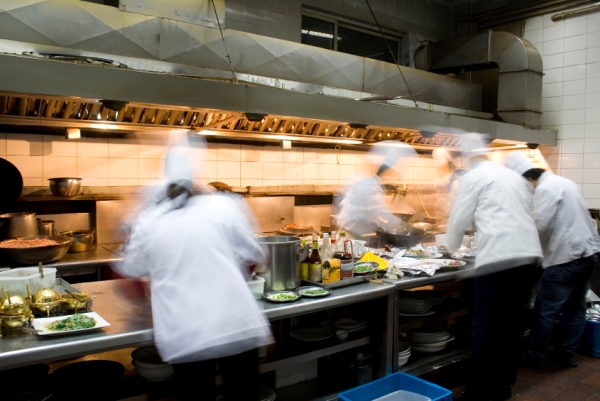Tourism HR Canada has released two new demographic summaries examining the workforce in the accommodations and food and beverage industries. These cover businesses ranging from hotels and motels to RV parks and camps, and from full-service restaurants to drinking places.
Based on the most recent Canadian census data (2016), these summaries show how many individuals are working in each industry across the country, and analyze such characteristics as age, gender, immigrant status, and education. The summaries also explore the occupations that employ the largest number of people and whether they are employed full- or part-time, year-round or seasonally.
Additionally, the summaries describe industry workforce trends since the 2011 census. Many industry groups saw a rise in total employment numbers, and, much like Canada as a whole, saw an increase in the average worker age, as well as the percentage of immigrant and non-permanent resident workers.
Other highlights include:
- The accommodations industry saw its share of workers possessing a bachelor’s degree increase by 3.3% from 2011 to 2016, reflecting the continuing increase in education rates among Canadians.
- From 2011 to 2016, the share of accommodations workers who mother tongue was not English or French increased by almost 4%.
- Food and beverage services workers that identified as Indigenous increased by 0.7% between 2011 and 2016.
- Although food and beverage services accounted for the greatest share of employment in the tourism sector, it has the lowest percentage of employees covered by a collective agreement, at 2.4%.
These profiles offer tourism stakeholders from employers to policy makers a detailed look at one of Canada’s fastest-growing economic sectors, offering insights into creating targeted attraction and retention efforts, progressive HR practices, and innovative education and training solutions.
Access these and other summaries from our Labour Market Information section.

